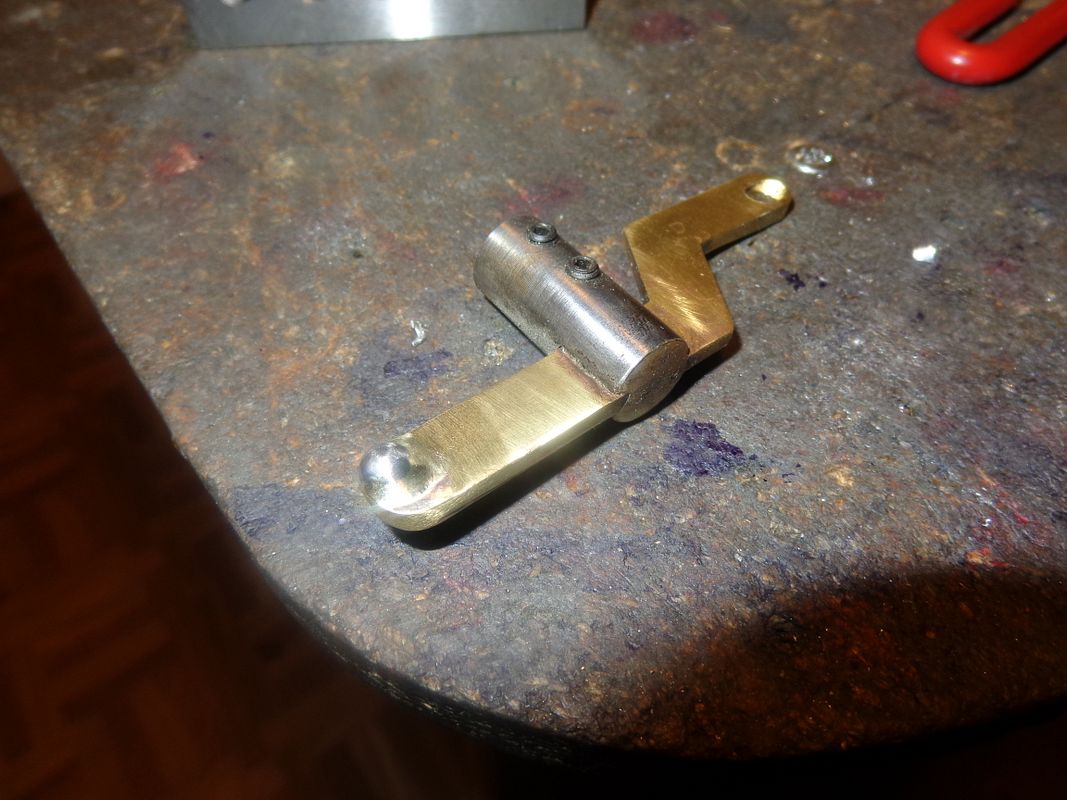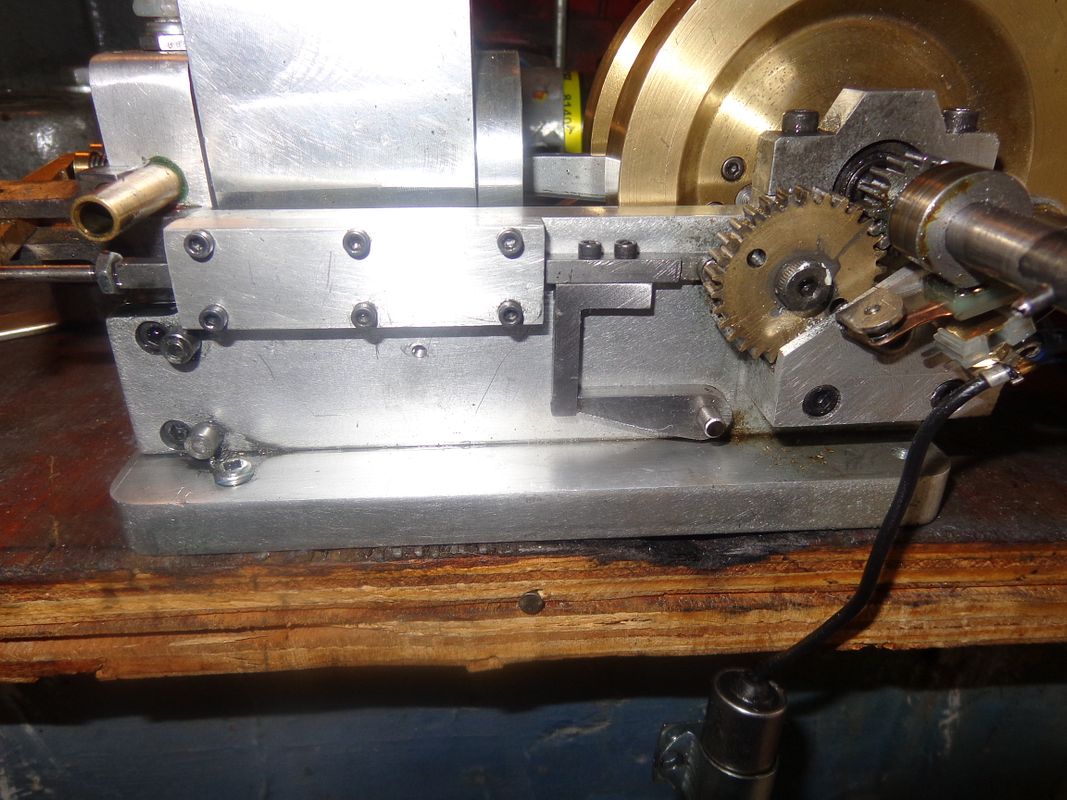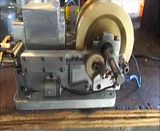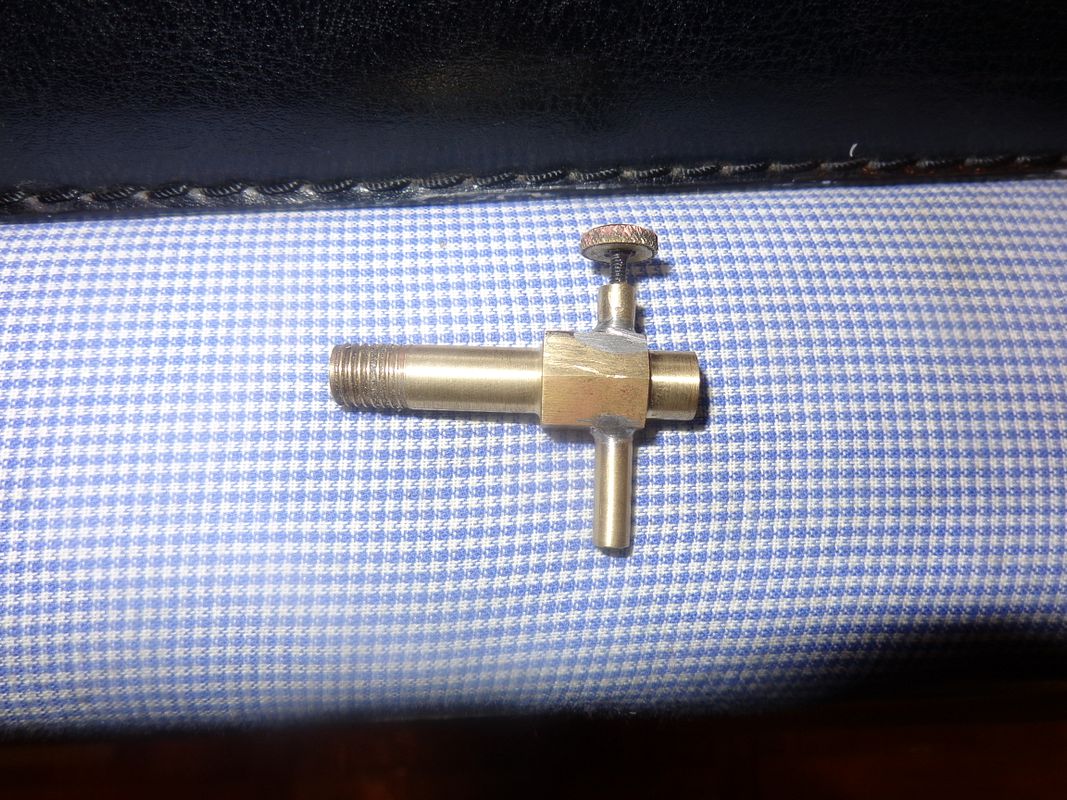Yes, the lighter balls were the answer. I will try and describe why the heavy brass balls didn't work in this case. For a given amount of speed, a heavy ball will exert more centrifugal force than a lighter ball. You can liken this to swinging a small pebble around on a 24" string, and swinging a large rock around on a 24" string. The large rock, when swung at the same speed as the small pebble, will pull the string much harder. In my situation, the brass balls were trying so hard to fly out away from the stempost at low to medium speeds, that I had to really crank down on the adjuster spring to counteract this force----Because---If the balls fly out too soon, the engine won't develop enough rpm to keep running. I had to put so much pressure on the spring to keep the heavy balls from flying into hit and miss mode as soon as the engine started to turn over, that there was tremendous friction between the end of the vertical rod inside the stempost and the brass lever. The friction was so great that it actually drilled a 3/16" diameter hole half way through the brass lever. This friction fed back directly to the engine and put so much load on the engine that it wouldn't keep running. Now with the much lighter aluminum "balls", all of the friction issues are lessened by a factor of 3, because the aluminum balls are 3 times lighter than the brass balls. I still have some carburetor tricks that I want to try, but I feel that the engine is a success. Although I was certain that the overall design was correct, I had a real underlying worry that maybe I was leading a bunch of good folks down a bad road. I feel very relieved now that I have seen the engine run as in the video, and from here on in, it will be a matter of fine tuning.---Brian









